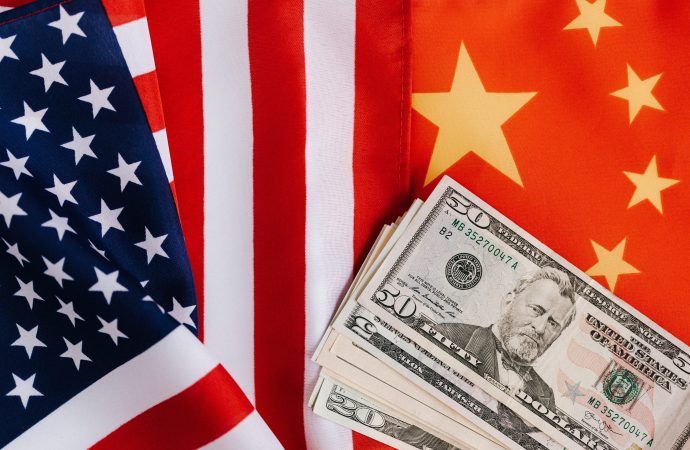In the ever-shifting landscape of global economics, one constant remains unshaken: the enduring dominance of the United States dollar. As a journalist, I am intrigued by the forces that have sustained the greenback as the world’s primary reserve currency. What is it that keeps the dollar’s position unassailable in an increasingly multipolar world? Let’s explore
In the ever-shifting landscape of global economics, one constant remains unshaken: the enduring dominance of the United States dollar. As a journalist, I am intrigued by the forces that have sustained the greenback as the world’s primary reserve currency. What is it that keeps the dollar’s position unassailable in an increasingly multipolar world? Let’s explore this phenomenon from a variety of angles.

https://media.istockphoto.com
The Historical Foundation:
To understand the dollar’s resilience, we must first look back at history. The Bretton Woods conference in 1944 laid the foundation for the post-World War II economic order, establishing the US dollar as the linchpin of the international monetary system. Under the Bretton Woods Agreement, the US agreed to peg the dollar to gold, setting the stage for its dominance. Though the gold standard was eventually abandoned in 1971, the dollar’s position as the world’s primary reserve currency remained intact.
Economic Stability and Trust:
One of the dollar’s key strengths is the stability of the U.S. economy. Investors worldwide continue to have faith in the robustness of the American financial system, making the dollar a safe haven for investments. The Federal Reserve’s independence and reputation for maintaining low inflation further bolster this trust.
Liquidity and Accessibility:
The dollar’s resilience is also linked to its liquidity and widespread accessibility. Dollars are used in international trade, with many commodities such as oil being priced in the currency. This ensures a constant demand for dollars, and the ability for nations to access this currency easily plays a pivotal role in maintaining its dominance.
Geopolitical Power:
It’s undeniable that the United States’ position as a global superpower is closely tied to the dollar’s status. The American military, political influence, and diplomatic power all help ensure the dollar’s preeminence. Furthermore, many nations hold substantial dollar reserves, which gives the US significant leverage in international affairs.
Challenges Ahead:
However, the dollar’s resilience is not without challenges. Rising powers like China are eager to challenge the dollar’s dominance through initiatives like the Belt and Road project and the internationalization of the yuan. Additionally, cryptocurrencies and digital currencies issued by central banks pose potential threats to the dollar’s supremacy.
Conclusion:
In conclusion, the dollar’s resilience as a dominant currency can be attributed to its historical foundations, economic stability, trust, liquidity, and the geopolitical power of the United States. While it faces challenges from emerging players and new technologies, the dollar remains firmly entrenched at the heart of the global financial system.























Leave a Comment
Your email address will not be published. Required fields are marked with *